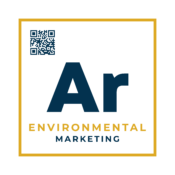
- All Articles, Environmental
- 0 Comments
Investments in global renewable energy surged to $1.3 trillion in 2022, signifying a transformative shift towards sustainable practices, with renewable energy leading the charge. Sustainable investments from consumers, investors, and businesses are still trending toward the mainstream. As we navigate this environmental consciousness era, businesses seek innovative ways to communicate and promote sustainability without greenwashing. […]
Read More




